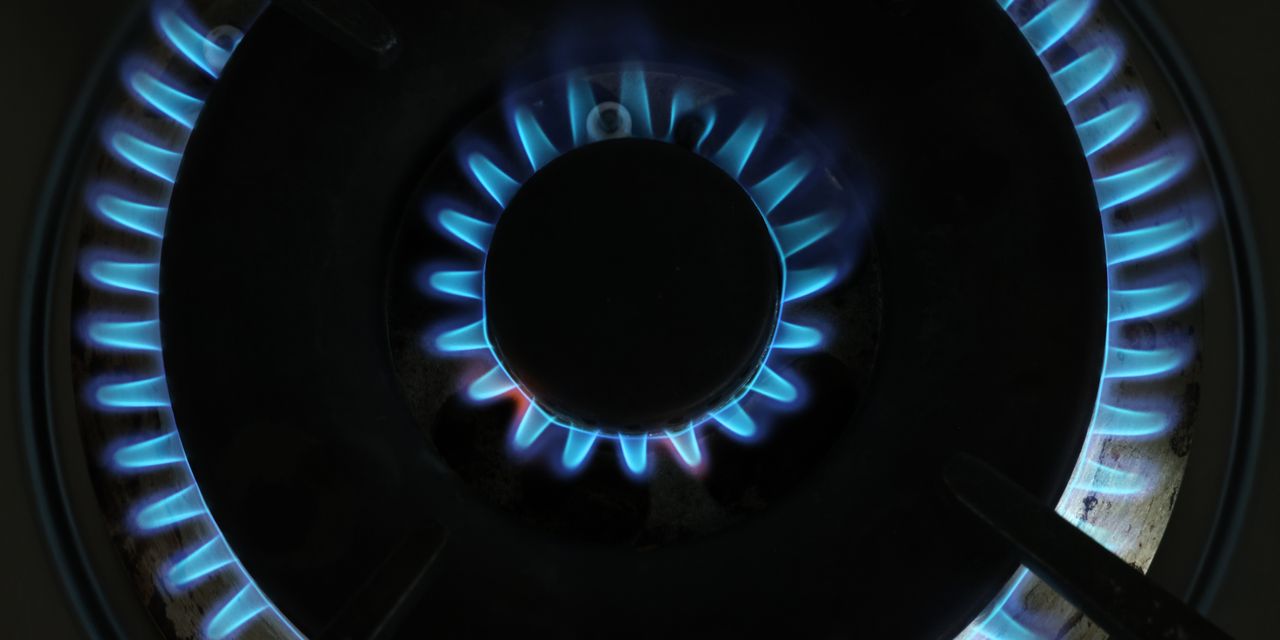With less than three months left in 2022, natural gas has led the gains among actively traded commodities on the futures markets, given tight U.S. supplies and an energy crisis in Europe.
Industrial commodities such as iron ore and steel, however, have failed to garner much interest in the face of demand destruction as economic growth has slowed globally.
The S&P GSCI
SPGSCI,
a commodities index, has climbed more than 14% so far this year as of Oct. 4, with the S&P GSCI Energy
SPGSEN,
subindex up nearly 27%. But the S&P GSCI Industrial Metals
SPGSIN,
subindex is down 16%.
“The key price drivers for most of the moves this year, across the commodities universe, have their origins in the war in Ukraine,” says Matthew Sherwood, senior Europe and lead commodities analyst at the Economist Intelligence Unit.
“There were direct supply disruptions to oil and grains, and natural gas is directly related to Russia cutting off supplies to Europe.”
European natural-gas prices hit record levels, and there were “knock-on effects” for U.S. prices as European demand for U.S. liquefied natural gas climbed, he says.
On Oct. 4, U.S. natural-gas futures
NG00,
NGX22,
settled at $6.837 per million British thermal units, up 83% this year, even after a September loss of nearly 26%. European benchmark Dutch TTF gas futures were at 161.95 euros per megawatt hour, up 149% from the end of last year.
The EIU expects prices to remain at or close to their current levels, as Europe enters the winter heating season, says Sherwood. Shortages are still possible, and it’s going to be difficult for Europe to “keep a lid on demand.”
As for oil, the market is tight, but the financial market is “increasingly worried about looming recessions in Europe and the U.S. and the global slowdown more generally,” Sherwood says.
On Oct. 4, global benchmark Brent crude
BRN00,
BRNZ22,
settled at $91.80 a barrel, up 18% year to date, while U.S. benchmark West Texas Intermediate crude
CL.1,
CLX22,
was at $86.52, up 15% this year.
Oil and gas are likely to “remain volatile, toward the upside” in the fourth quarter as supply concerns resurface and a cold winter drains European supplies, says Brian Frank, wealth manager and CIO at Frank Capital.
Meanwhile, other industrial commodities, including base metals, have seen prices fall this year.
The global economy was supportive of base metals in the first half of this year amid a post-Covid rebound, says Sherwood. Base metals are now moving lower, with Europe and North American markets entering into “at least technical recessions and worse in the case of Europe’s industrial heartlands.”
Steel and iron-ore prices have fallen this year, with the S&P Global Platts IODEX 62% Fe iron-ore price at a 10-month low of $95 per metric ton on Sept. 2.
Covid-19 outbreaks in China continued to “blight confidence in its economy,” Ronald Cecil, principal analyst for metals and mining at S&P Global Commodity Insights, wrote in a recent report.
Industrial commodities are showing “clear signs of demand destruction,” says Frank of Frank Capital. Prices and demand could continue to weaken this quarter as high interest rates “bite and cap demand for growth expenditures,” but that could offer an “opportunity” as many of these commodities are also “supply constrained when the globe resumes growth down the road.”
Sherwood expects most commodities to see price declines this quarter.
“With Europe falling into recession…and the global economy slowing significantly under the weight of monetary tightening, pressure is mostly to the downside,” he says.
